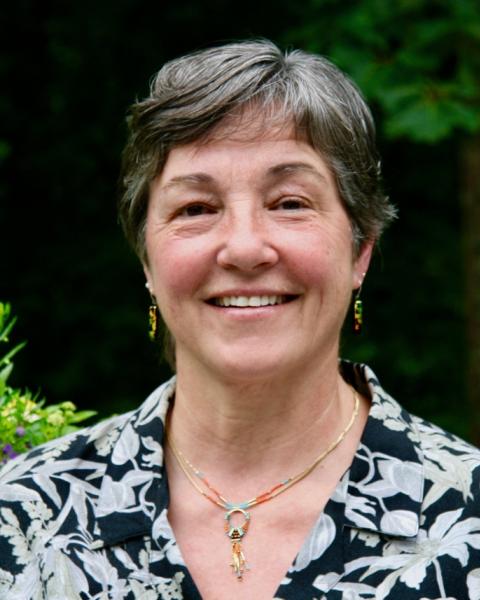Powdery mildew occurs most commonly on the cool-season grasses such as bluegrasses and fescues, especially in shaded areas or areas with poor air circulation. Powdery mildew first appears as isolated areas of fine, graywhite fungal growth on the upper surface of the leaves. This growth rapidly becomes denser, and may cover the entire leaf giving it a gray to white appearance. In severe outbreaks, large sections of turf may be dull white, and appear to have been dusted with powder or lime. Older leaves are more severely infected than younger leaves. Infected leaves turn yellow, then tan or brown as they die. The disease symptoms are most common during spring and autumn.
Disease Cycle
The powdery mildew fungus survives the winter months in dead grass leaves from the previous season, and in a dormant state in infected grass plants. Periods of cloudy, cool, humid weather, with temperatures ranging from 41-72°F favor leaf infection and the production of fungal spores.
Management
IPM Strategies:
- Cultural Practices - In areas where powdery mildew frequently develops, efforts to improve air movement and reduce shading, such as pruning trees and shrubs, will help reduce disease occurrence. Selection of shade-tolerant varieties will also help reduce disease incidence. Fertilize sufficiently to promote growth, but avoid excess nitrogen fertility. Resistant varieties are available. The grass should be mowed relatively high in mildew-prone areas. When persistent powdery mildew occurs, consider other ground covers rather than grasses.
- Chemical Control - Powdery mildew usually does not require fungicidal control. Consult your county Extension Educator or State Specialist for specific pesticide recommendations (if fungicides are warranted).

Stop! Read the label on every pesticide container each time before using the material. Pesticides must be applied only as directed on the label to be in compliance with the law. Contact the Division of Pesticide Control at (603) 271-3550 to check registration status. Dispose of empty containers safely, according to New Hampshire regulations.


